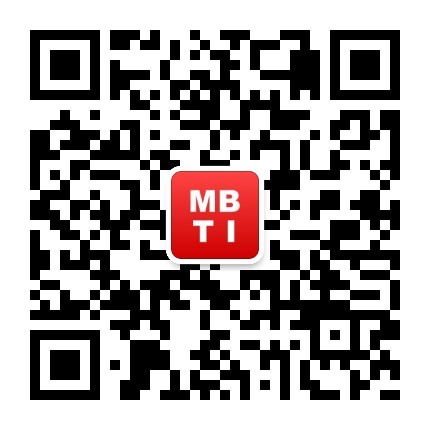Title: Unveiling Leadership: The Synergy of ESTJ and INTJ Personalities in the MBTI Framework
Introduction
The Myers-Briggs Type Indicator (MBTI) is a widely-used psychological assessment tool that categorizes individuals into 16 distinct personality types based on Carl Jung's theory of psychological types. Among these, ESTJ and INTJ personalities are often associated with strong leadership qualities. This article delves into the characteristics of ESTJ individuals, exploring how their inherent traits manifest in leadership roles and how they might synergize with INTJ counterparts to create effective leadership dynamics.
ESTJ Personality Overview
ESTJs, known as the "Executive," are individuals who exhibit a blend of Extraversion, Sensing, Thinking, and Judging traits. They are practical, fact-oriented, and have a natural ability to organize and manage tasks and people. ESTJs are often described as decisive, pragmatic, and possessing a strong sense of duty and tradition.
Leadership Traits of ESTJs
ESTJs are inherently leadership-oriented, often taking charge in situations that require structure and order. Their leadership style is characterized by the following traits:
1. Decisiveness: ESTJs are quick to make decisions based on the information available to them. They value efficiency and are not prone to prolonged indecision.
2. Practicality: They focus on what is tangible and achievable, often setting realistic goals and implementing structured plans to achieve them.
3. Directness: ESTJs communicate clearly and directly, expecting the same level of straightforwardness from others. They are not afraid to address issues head-on.
4. Accountability: They hold themselves and others to high standards, ensuring that tasks are completed and responsibilities are met.
5. Traditionalism: ESTJs often draw on established methods and practices, believing in the value of tried-and-true approaches.
Synergy with INTJs
INTJs, or "Architects," are another MBTI personality type known for their strategic thinking and leadership potential. INTJs are Introverted, Intuitive, Thinking, and Judging. They are visionaries who excel at long-term planning and innovative problem-solving.
When ESTJs and INTJs collaborate, their complementary strengths can create a powerful leadership dynamic:
1. Strategic Vision: INTJs can provide the broader, future-oriented perspective that ESTJs may not naturally gravitate towards, while ESTJs can ensure that these visions are executed with practicality and efficiency.
2. Innovation and Tradition: INTJs' innovative ideas can be grounded by ESTJs' respect for established processes, leading to a balance between progress and stability.
3. Decision-Making: While ESTJs are decisive, INTJs' analytical approach can provide a deeper layer of consideration, ensuring that decisions are not only swift but also well-reasoned.
4. Communication Style: ESTJs' direct communication can help INTJs, who may be more reserved, to effectively convey their ideas and expectations to a team.
Conclusion
ESTJs and INTJs, despite their differences, can form a formidable leadership team when their strengths are recognized and leveraged. ESTJs' ability to manage and execute plans, combined with INTJs' strategic foresight and analytical prowess, can lead to successful outcomes in various organizational settings. Understanding the nuances of these MBTI personality types can help leaders and teams harness their collective potential, fostering environments where both tradition and innovation thrive.
In the realm of psychology and organizational dynamics, the interplay between ESTJ and INTJ leadership styles offers a rich area of study. By appreciating the unique contributions of each type, leaders can better navigate the complexities of modern management and inspire their teams to achieve remarkable results.

微信公众账号
微信扫一扫加关注
评论 返回
顶部





发表评论 取消回复